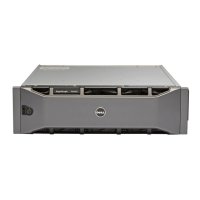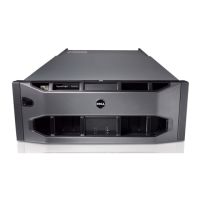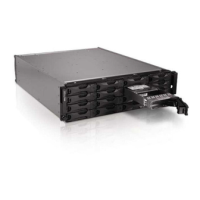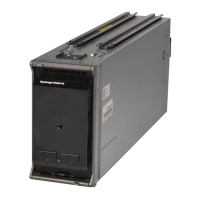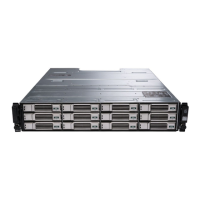Dell EqualLogic Configuration Guide v11.3
4.3.3 Comparing Inter-Switch Connection Types
Table 17 provides details and recommendations for selecting interconnect options.
Create a larger,
logical switch
within an isolated
physical location.
Pros:
Easier to manage multiple switches as single
switch
Higher bandwidth than using link aggregation and
Ethernet
Not limited by Ethernet standards
Cons:
Proprietary, cannot be used to interconnect
switches from different vendors
Increases cost of switch
Stack bandwidth overload risk
Recommendation:
Best way to scale a storage network in a single
location on a single subnet
Provides lower latency and higher bandwidth
than inter-switch trunking
Understand the stacking technology and limit
stack size in accordance with total throughput
requirements and connection counts.
Link Aggregation
Groups (LAG)
Create a data
path between
switches in one
location or subnet
with those in
another location
or subnet
Pros:
Leverages Ethernet standard extensions
Can be used to interconnect switches from
different vendors
Can use Link Aggregation Protocols
(LACP/EtherChannel) to pool multiple 1GbE or
10GbE links into a single logical link providing
bandwidth and redundancy
Cons:
Most solutions limited to 8 port link aggregation
group
Spanning Tree Protocol must be used if more
than two switches are used causing some links to
be ―blocked‖ reducing bandwidth availability
LAG bandwidth overload risk
Recommendation:
Use when stacking is not available
Use when connecting to aggregation/core
switching infrastructure
Use when switches are from different vendors
Table 17 Stacking vs. Inter-Switch Trunking

